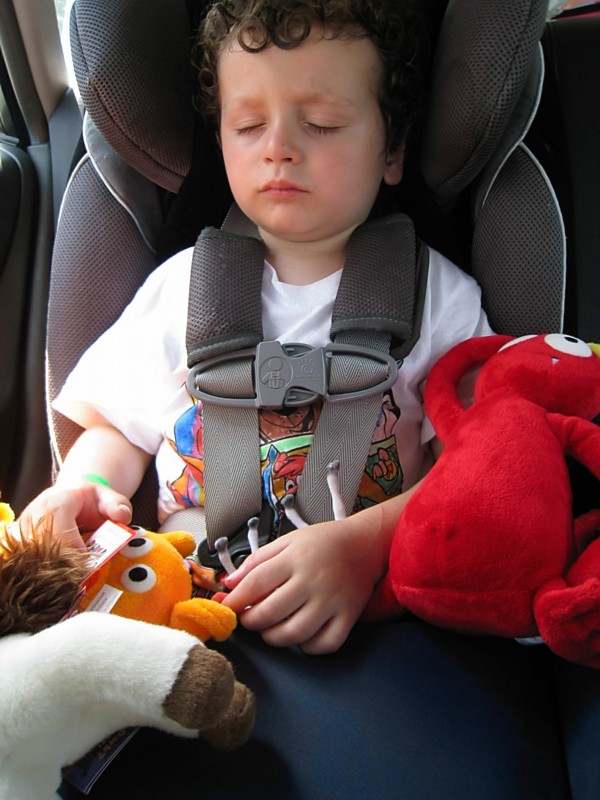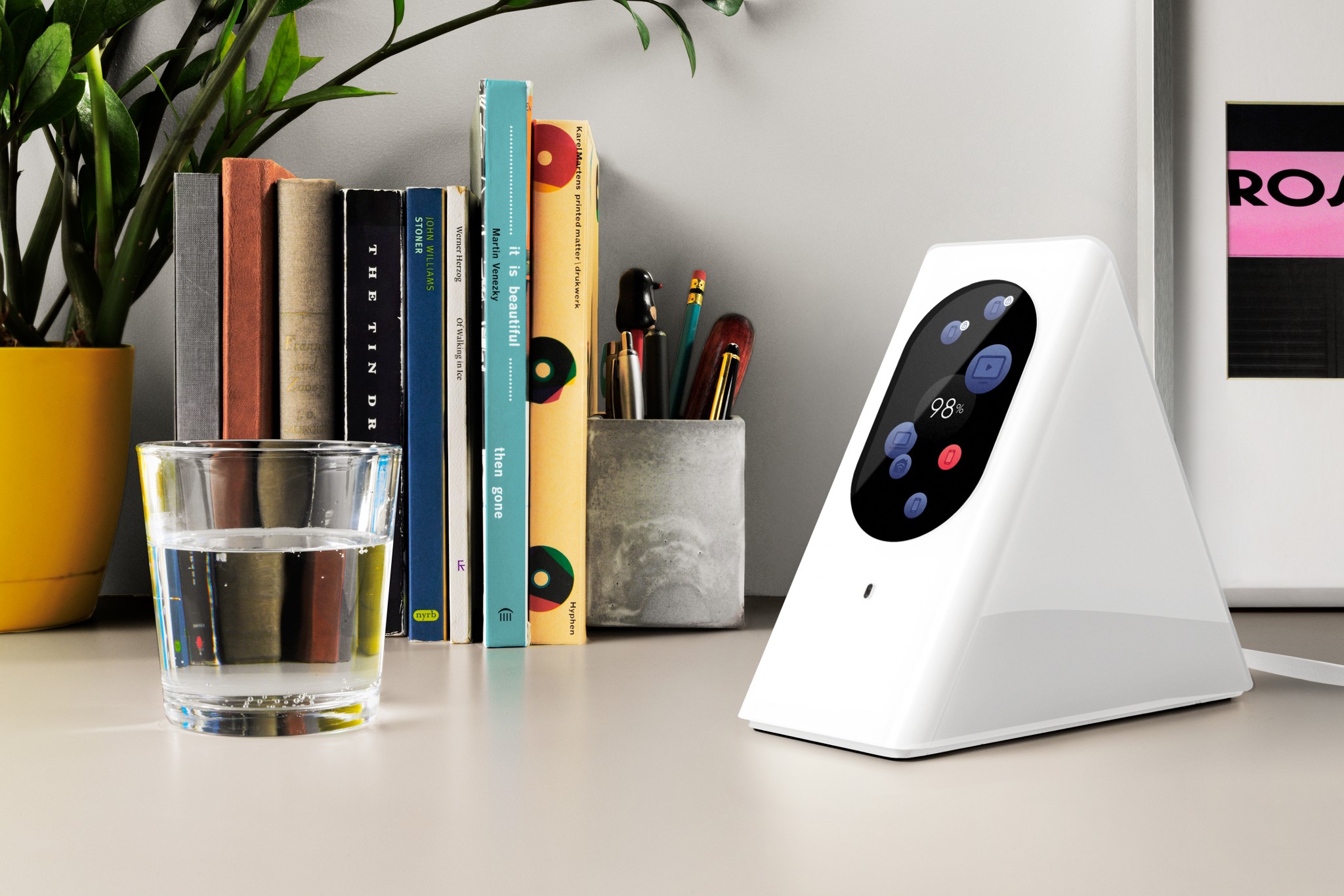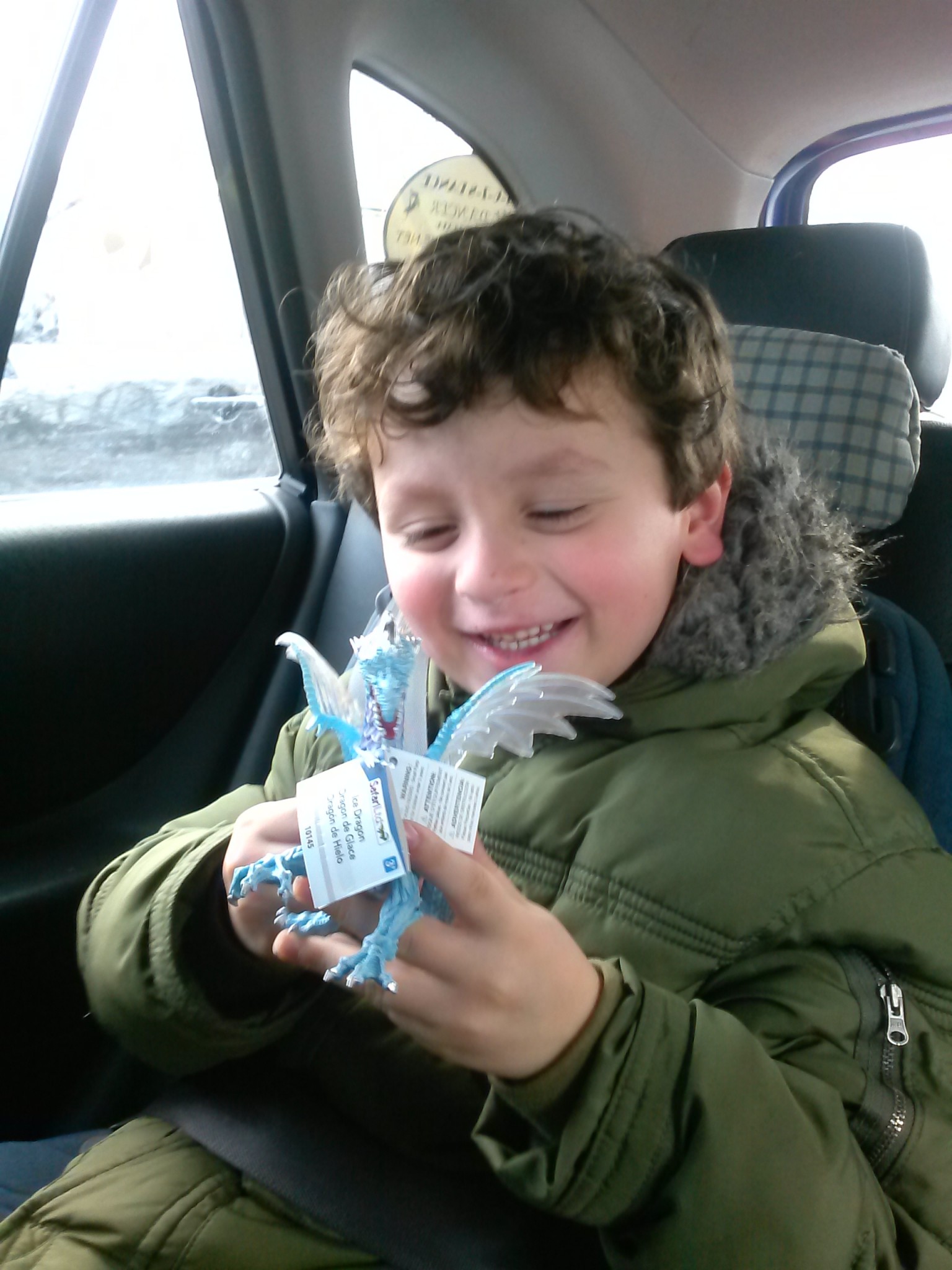
Having a child no longer means you have to be tied at home until he or she is able to take care of themselves in various situations. Nowadays you and the new baby can enjoy a trip, you can have a nice family day outside in the park, or you can simply take them grocery shopping.
All these are possible because we now have safer cars, better roads, and ways to make sure the baby will be safe in the car. Here is where the car seat comes in, and even though some adults don’t seem to believe its amazing powers, this device will make your life easier.
This is true because the baby is securely strapped in the seat, which is tightly attached to the car’s regular seat, creating a protective cocoon from which your vivacious kid can’t escape by mistake. Furthermore, the seat will protect your fragile child in the case of an accident, keeping their head, neck and spine in alignment.
These aspects are very important, especially for a baby, and you can learn more about how a special car seat can protect your beloved children by taking a look at this amazingly detailed infographic below:























